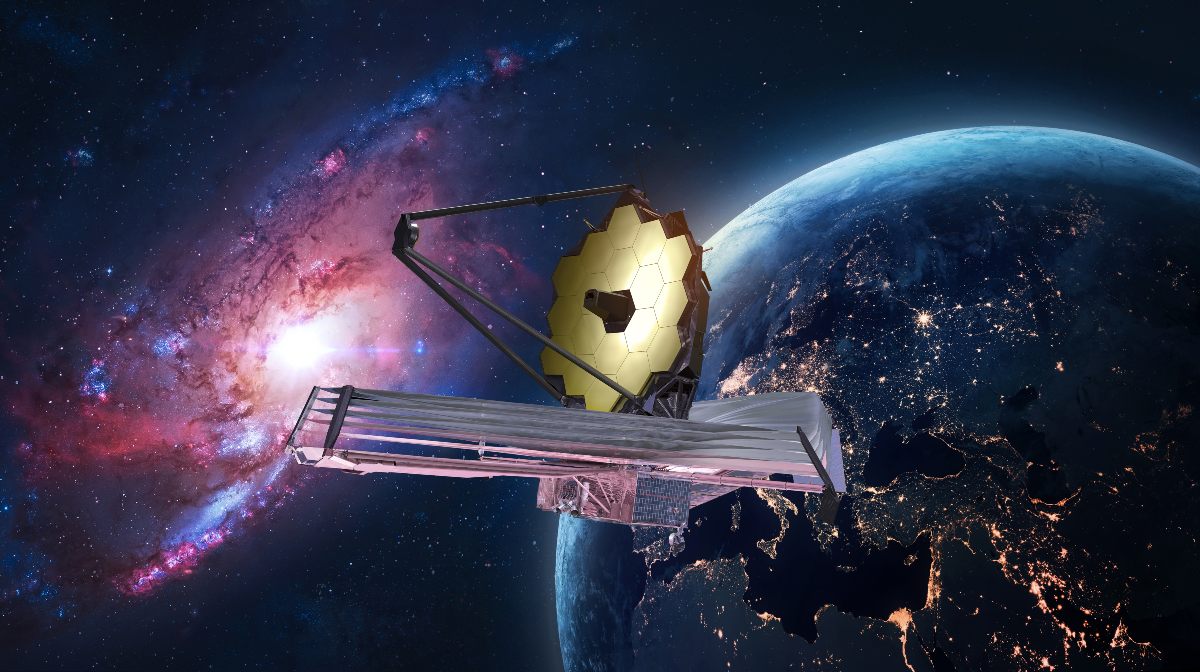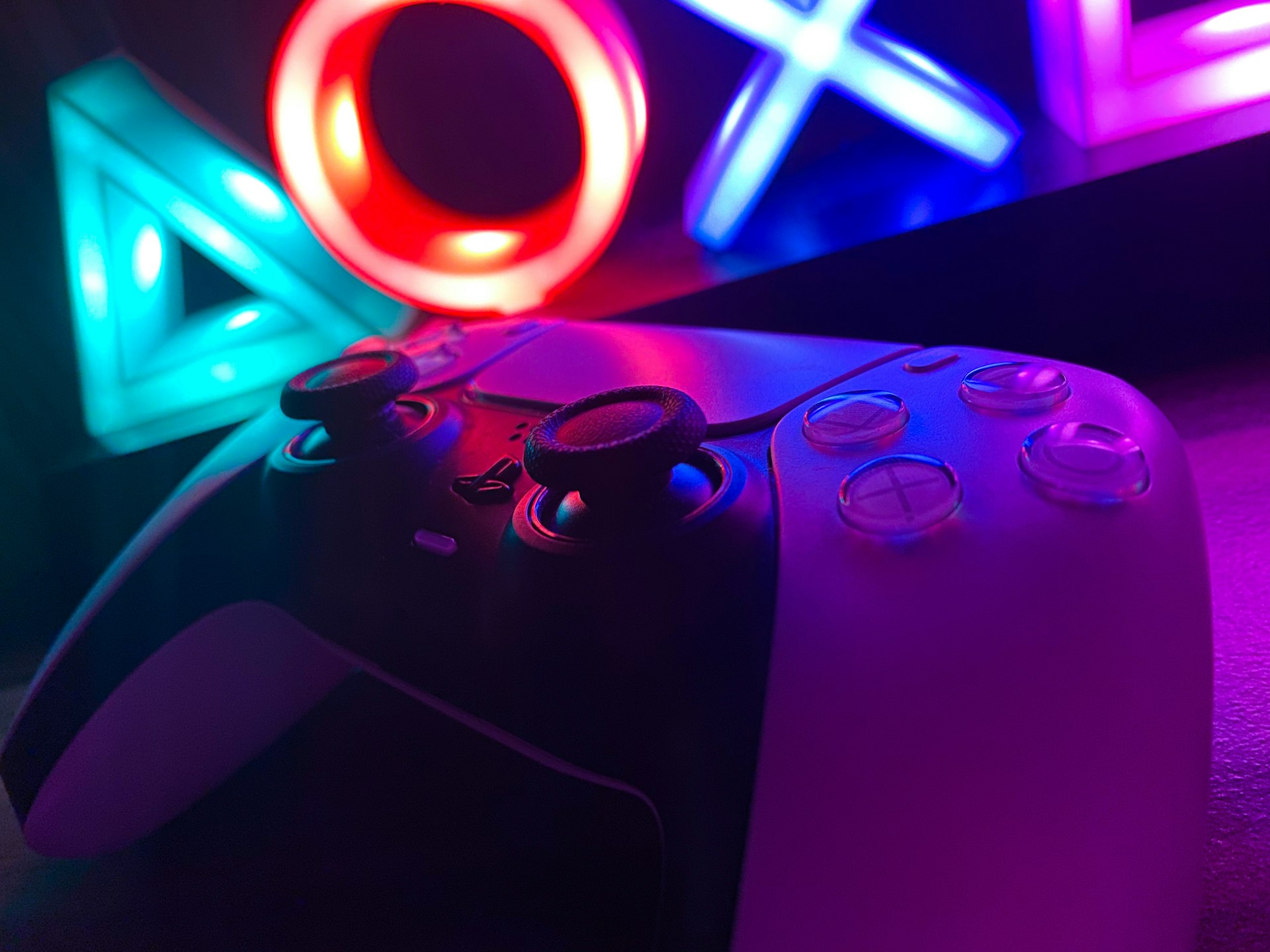According to the Japanese company Groove X, “a new relationship between humans and robots will be born in 2019.” The company is the creator of the Lovot robot, which looks like a simple stuffed robot but is able to look people in the eye and seek their attention through Artificial Intelligence (AI)-related processes.
Lovot was present in the startup sector at the recent edition of the CES show in Las Vegas, USA. This device is described by the company as an “emotional robot” and, in fact, the technology it uses is registered under the name Emotional Robotics.
Emotional robots
This type of device does not fulfill any function that can be classified as overtly utilitarian. She does not fold clothes or participate in any other household chores, so many people may question her presence.
However, in the case of Lovot, its creators claim that it serves as a sort of pet in search of affection, love and attention from its owner. And precisely Lovot, which has taken more than three years of research and development, is designed so that when you are with him, “you feel relief”.
What does Lovot do?
This emotional device has all the appearance of a stuffed animal, but robotic. Friendly in appearance, he is able to look you in the eye and move around the room he is in.
It does not speak or have a mouth, but it is able to recognize about a thousand people through AI and image recognition. If it recognizes its owner, it will move around it in search of attention. If he is lifted and cradled, he will fall asleep. You can also change his clothes: when that happens, Lovot will be able to show contentment.
Plush exterior, computer interior
The sensation of depth provided by Lovot’s eyes is created through the six layers they possess. Throughout its body, the robot has 50 sensors, camera and microphones. In order to process all the data it senses, it uses AI.
It really is a small computer on the inside. Its external temperature is warm, but it can be regulated automatically through its sensors, according to the temperature it perceives around it.
Autonomy and recognition
Lovot is able to recognize the space where it lives: it makes a map and then recognizes it. Its creators assure that it is not connected to the Internet and that it protects the privacy of its owners.
In terms of autonomy, it runs on batteries that last approximately one hour. When it begins to unload, Lovot returns to its charging base autonomously.
Another feature of Lovot, which costs $3,000, is that its nose is a joystick. Reacts to pressure and lateral movements. Its creator is the Japanese Kaname Hayashi, who has participated in the creation of other robots.
Image courtesy of https://www.dailymail.co.uk, all rights reserved.




